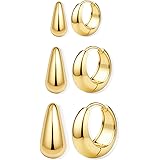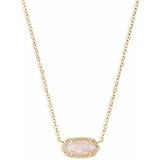
From Mesopotamia to Egypt and beyond, gold has figured prominently throughout history. Its unique properties of malleability and ductility enabled early civilizations to make jewelry out of the sunny metal. And as it became more available and affordable, its popularity exploded.
The earliest traces of jewellery date back to the ancient civilizations that boomed in the Mediterranean area (modern day Iran) and Egypt, beginning around 4000 BC. These simple stone amulets and seals with spiritual meanings are a far cry from the elaborate necklaces, rings and earrings of the later Hellenistic and Renaissance periods, but the emergence of these art forms is nevertheless fascinating.
Around 6000 BC, the Egyptians discovered the secret of mining alluvial gold. They began using it to produce glazed steatite beads and elaborate gold jewelry, including designs of scarab beetles, scrolls, winged birds, tigers and jackals. Popular gemstones of the time included carnelian, agate, chalcedony and lapis lazuli.
In the Hellenistic period, jewelry was frequently passed down as family heirlooms, and sometimes dedicated at temples and sanctuaries as offerings to the gods. This rich tradition continued into the Renaissance and beyond, with kings from Louis XIV of France to George II of England adorning themselves in the precious metal.
By the middle of the 19th century, archaeological discoveries and fresh goldsmithing techniques revived interest in classical styles. Paris jeweller Rene Lalique led the way, with pieces like his dragonfly designs, while in Germany and Denmark the Darmstadt Artists’ Colony and Wiener Werkstatte made significant contributions. In the UK, Liberty & Co and Charles Robert Ashbee, who favoured a less ornate style, helped move jewellery away from the technical business of setting stones to an artistic design that could be enjoyed in its own right.
The 1920s brought us the Roaring Twenties, and with it the short-lived Art Deco movement that influenced fashion, furniture and jewellery. It was also the decade when white gold was introduced as a substitute for platinum, and when the modern round brilliant diamond cut was developed.
From the filigree creations of the Etruscans in 6th Century Italy to Late Bronze Age Ireland and Elizabethan England, gold has been used as a symbol of wealth, status, love, power, and victory. It is a metal that reflects the sun, and thus represents life and vitality. This is why the god of fire, Agni, was given a golden semen and why Hindus believe that wearing gold can bestow health and longevity. Even today, the wearing of gold is still seen as a sign of prosperity and success. It is no wonder that the jewellery industry continues to thrive worldwide, and gold remains one of the world’s most treasured assets.









